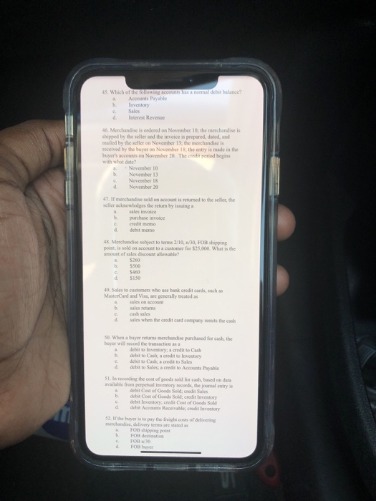
It centralizes case, document, and billing management, making it an all-in-one solution for law firms seeking simplified operations. Zola Suite is an option with some of the most powerful and plentiful tools for law firm accounting and bookkeeping. It offers most—if not all—of the tools, other software options, and some of its unique features, most notably various management capabilities. You can track time manage your contacts, documents, and other aspects of your law firm’s operation with Zola Suite. Law firms require accounting software because they deal with intricate financial activities that are unique to the legal opengrants versus foundation center profession. Unfortunately, these complexities are not appropriately addressed by general accounting software.
- The intuitive interface is simple to use and has no confusing financial jargon.
- Features include easy invoicing, time tracking, and expense management to keep your finances organized.
- Document Management Software keeps your documents (and email) organized, searchable and accessible from anywhere.
- Legal accounting software is designed to help law firms manage their financial operations.
Law Firm Accounting Software is a specialized accounting system designed to manage the unique financial and billing operations of law firms. These sophisticated software solutions are typically used by law firm administrators, attorneys, and finance departments. You save time and reduce the risk of error meeting client, firm, bar association, and law society obligations.
Why We Chose CARET Legal

Implementing small law firm accounting software can transform the way a firm manages its finances, offering significant time savings, improved accuracy, and better financial oversight. The trends in small law firm accounting software for 2024 are geared towards enhancing efficiency, security, and client communication through advanced technologies and integrations. setup a chart of accounts in quickbooks Accounting software is increasingly being integrated with practice management tools.
Trends for Small Law Firm Accounting Software in 2024
It also got docked for ease of use because it has limited support channels and requires accounting software integration. Without QuickBooks Online, LeanLaw’s accounting features aren’t enough for legal needs. We recommend TimeSolv or CARET Legal instead because they have better matter management features.
With this in mind, it’s important to vet the security features of any potential solution. After you process your pay run using law firm accounting software, your accounts will be updated automatically. ULawPractice boasts key features like comprehensive legal accounting, practice management, and business accounting, all adhering to Canadian legal regulatory compliance. By leveraging these tools, law firms can achieve greater accuracy, compliance, and efficiency, ultimately leading to improved financial health and operational success.
This trend is essential as it ensures the confidentiality and integrity of sensitive financial data. Quill boasts a number of impressive features such as intuitive case management, secure document storage, and automatic legal forms, all designed to make legal processes more efficient. It also includes a legal accounts system that complies with the SRA Accounts Rules and CLC Accounts Code. FreeAgent has just one plan, giving law firms unlimited access to every feature the program offers without long-term contracts. At $10 per month for the first six months and $20 after, the price is just right for law firms on the move.
It enables users to handle document storage, time tracking, and client collaboration in one place. TimeSolv is an excellent practice management software that can track time and communications manage trust accounts. It also has decent project management features that lets law firms track ongoing projects, schedule and manage budgets, and track project milestones. We chose TimeSolv with Xero because this combination offers an enhanced project management with the help of Xero’s project accounting features.
Manage your finances in one system of record
As the 2021 Legal Trends Report found, the majority (66%) of consumers expect to pay for legal services online, and our 2023 Legal Trends Report found 80% of customers preferred paying with a credit card. This data shows that clients find it more convenient to pay online with a credit card, and Clio’s law firm client portal software –helps law firms get paid faster. Online payment solutions like Clio Payments also streamlines your collections and accounting workflows.
It includes lightweight practice management (clients, cases and calendars), coupled with robust time tracking, billing and accounting (including robust financial reporting). While PCLaw is thought of as law practice management software, accounting is deeply embedded into the product. Small law firm accounting software is a specialized tool, tailor-made to help legal practitioners and law firm administrators manage the unique financial and operational intricacies of their practices. Features include easy time tracking, detailed invoicing, and trust accounting tools that simplify legal billing and financial management. You can accurately track billable hours and expenses and create customized invoices that fit your firm’s billing style. LeanLaw also offers tools for generating financial reports that provide insights into your firm’s performance.



















